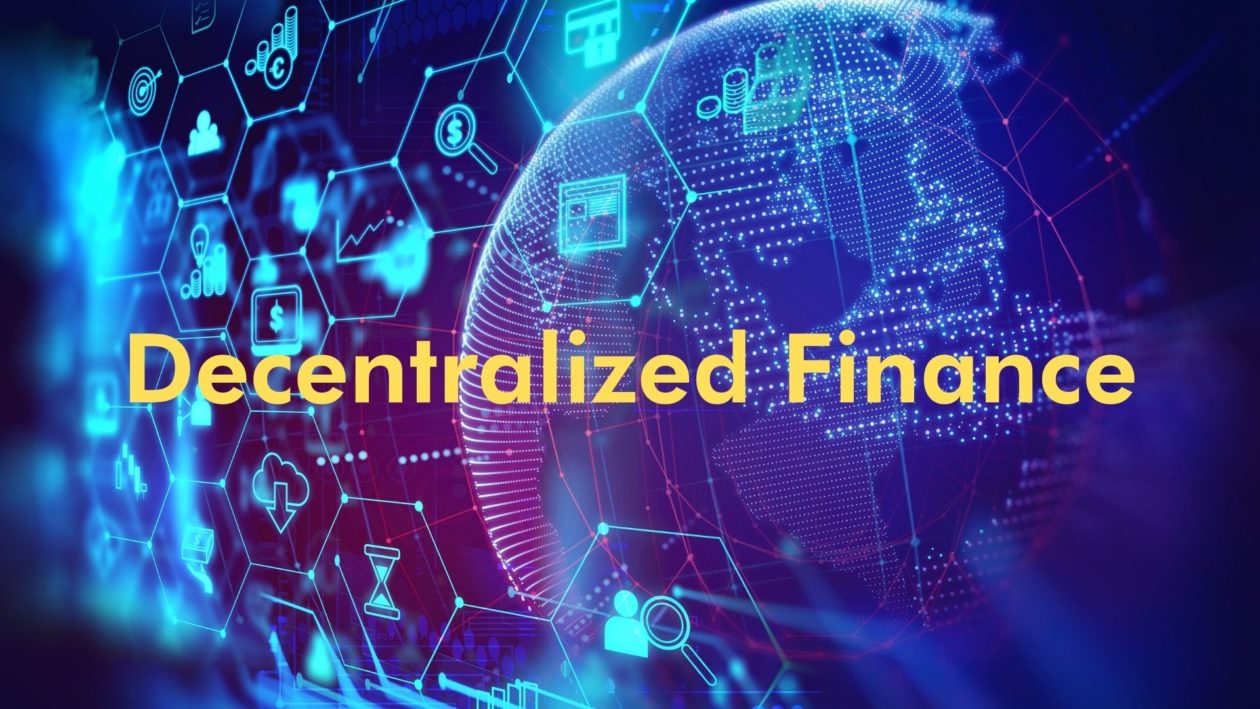The total value locked (TVL) in decentralized finance (DeFi) protocols surged to a new all-time high of US$157 billion this month according to DeFi Llama, a sign of the growing interest in the array of blockchain-based financial applications — from lending and borrowing platforms, margin trading, payments and more — that do not rely on intermediaries.
Institutional capital has been flooding into DeFi, attracted by higher yields than traditional finance, according to Ethereum blockchain software technology ConsenSys’s Q2 2021 DeFi report.
It is still early days for the DeFi industry, but the capital influx — from venture capital investments in DeFi protocols to purchases of DeFi tokens to DeFi exchange-traded funds (ETFs) — signal increasing institutional interest.
Silicon Valley venture capital firm Andreessen Horowitz (a16z) is showing an increasing appetite for investing in DeFi and holds DeFi blue chips like Uniswap, Maker and Compound in its crypto portfolio. In Asia, SCB 10X, the venture arm of Thailand’s biggest and oldest bank, Siam Commercial Bank, has a US$110 million war chest for investing in blockchain, DeFi and digital assets. The bank — which has already invested into four DeFi projects — Alpha Finance Lab, Anchor Protocol, Ape Board and Axelar — says its DeFi investments are part of preparing the bank for disruptive innovation in the financial industry.
See related article: Why Thailand’s oldest bank is investing US$110 million in DeFi
Goldman Sachs, too, intends to offer its clients exposure to DeFi. The investment banking giant in July filed an application with the U.S. Securities and Exchange Mission for its DeFi exchange-traded fund that would offer exposure to publicly-listed companies in blockchain and DeFi across developed and emerging markets.
Thai listed financial advisory The Brooker Group — one of the first listed companies in Asia to invest in DeFi — sees its DeFi holdings as a long-term strategy. “The digital asset network adoption continues to explode with no signs of network usage maturity,” Varit Bulakul, president of investment banking and digital assets at The Brooker Group, told Forkast.News. “We believe this is an opportune time for us and institutions to expand our portfolio into cross-asset investments and tokenomics.”
Profile of institutions investing in DeFi
Sam Lin, CEO Asia of Swiss-regulated SEBA Bank, told Forkast.News: “Most of DeFi protocols have only been around for a few years, with strong early adoption by individuals and small- and mid-cap crypto funds. While jurisdictions around the world are still determining how to best map regulatory structures over the DeFi landscape, new services have begun playing a fundamental role in enabling institutional inflows onto these protocols.”
“As demand for DeFi infrastructure has grown, so too has the profile of DeFi users,” Lin said. “Initially, developers and crypto native early adopters were the primary users of DeFi. High-net-worth individuals, family offices and certain crypto-aware hedge funds also started using DeFi protocols… increasingly it is funds, trading firms and centralized yield platforms providing the bulk of the liquidity.”
Challenges to greater institutional involvement in DeFi
But there are several hurdles to greater institutional involvement in DeFi. Compliance — or lack thereof — with anti-money laundering and counter-financing of terrorism (AML/CFT) regulations has been an oft-cited concern. There is also regulatory uncertainty in the fast-evolving space. As a result, larger financial entities, which generally have more stringent compliance and regulatory standards, have remained on the sidelines.
“DeFi protocols are largely unregulated and there are several aspects that cannot be easily translated into institutions’ operational frameworks,” Alessio Quaglini, CEO and co-founder of Hex Trust, a Hong Kong-based digital asset custodian, told Forkast.News. “In addition, the anonymous or pseudonymous nature of DeFi protocols and blockchain in general has important consequences on AML/CTF risk.”
See related article: Key takeaways from FATF’s latest report on virtual assets
Another challenge is DeFi’s volatility as an investment. “Volatility levels are still much higher than the ones we observe in more traditional asset classes,” Quaglini said.
Other considerations that give many institutions pause include cybersecurity and the need to manage private keys — akin to a password that allows users to access and manage their digital asset. Many also need to consider multi-signature capabilities to ensure that multiple parties sign off transactions so as to safeguard the assets, as well as protocol risks, which exposes funds on DeFi platforms to losses from exploits or hacks.
But the blockchain ecosystem is also coming up with solutions to some of these challenges. For example, there are now DeFi insurance policies that can cover the risk of hacking and certain kinds of default.
How institutional investors are investing in DeFi
Nothwithstanding the challenges, the crypto industry has been gearing up to engage institutional investors by expanding their products and addressing the pain points.
For SEBA Bank’s Lin, an easy way for institutional investors to profit off the rise of DeFi is by owning the tokens of the projects as their price was likely to rise as the projects gained traction. This is why SEBA Bank recently expanded its offering of DeFi tokens for clients to gain exposure, said Lin, adding that the bank supported AAVE, LINK, UNI, SNX, YFI and USDC tokens in areas that include investment, custody and trading.
DeFi funds are another option. “Some of them are only open to institutional investors and provide an exposure to a selection of industry-leading DeFi protocols,” Lin said. “The idea is that investors can allocate money towards DeFi without having to buy the tokens directly.”
Grayscale, the world’s largest institutional digital asset manager, in July launched a DeFi fund that provides investors with exposure to a selection of DeFi protocols.
Permissioned versions of DeFi protocols are another way for institutional players to directly transact in liquidity markets with uniform AML/CFT compliance as well as necessary transaction monitoring, Lin said.
Aave Arc and Compound Treasury — launched by popular DeFi protocols Aave and Compound respectively — are examples of DeFi yield products that have been designed to address institutions’ requirements around compliance and risk management. Aave Arc (formerly known as Aave Pro) enables institutions to access DeFi yields through private liquidity pools where participants have completed know-your-customer requirements. Compound Treasury has tried to tackle the volatility pain point by providing a 4% fixed interest rate. Clients’ U.S. dollars are converted to USDC, a stablecoin, and supplied to the Compound Protocol to generate yield.
Outlook for DeFi
As the DeFi industry continues to mature, industry players are optimistic about its sustained growth.
“Institutional investors’ awareness and knowledge of the sector is growing while a significant amount of institutional money has moved into the crypto industry,” said The Brooker Group’s Bulakul. “We have seen increased allocation to DeFi, alongside Bitcoin and stablecoins investment.”
“There are funds that focus solely on DeFi, such as the SCB Blockchain Fund, and institutions, venture capital firms, and private equity firms are now increasingly investing in DeFi and decentralized applications (DApp),” Bulakul added. “We foresee more DeFi funds yet to launch in 2021 with expectations of high investment returns across the Asian market in both Singapore and Hong Kong.”
See related article: Why institutional investors cannot afford to ignore DeFi





